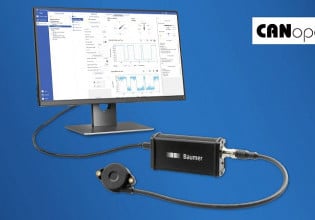Distance Unit Conversion Calculator
Distance is a critical parameter in material handling, robot motion planning, linear motion control, and CNC programming applications. This calculator will easily convert between common metric and imperial units.
Enter an original distance value and original unit system:
Select up to two output units and click 'Calculate' to view equivalent distances:
Distance
The primary distinguishing factor between familiar distance units is the use of metric versus imperial systems. Although the world has adjusted to using the two systems, it is often a bit more difficult to convert units using the imperial system due to the inconsistent ratios of sizes between the smaller and larger units.
In the metric system, the base unit is the meter, with each added prefix denoting how many meters or fractions of meters are to be expected as the unit is modified. Common metric prefixes include centi, milli, and even micro and nano for very small dimensions, as well as kilo, Mega, and Giga for larger sizes.
History of Imperial Distance Units
The imperial system, however, uses units based on standards established by positions of authority, often emperors or kings using a preferred (and subjective) distance. For example, the mile is based on the distance of 1000 paces for a Roman soldier. Although it has adjusted over time for various political and standardization reasons, it is still very close to that original distance. The foot is based on, as could be expected, measurements from the human body well before standard measurement tools were developed and globally shared.
Why Is the Imperial System Still Used?
A common justification for retaining the imperial system is that, since the units originated as lengths scaled to the human body, most measurement values are quite reasonable for everyday activities such as walking, preparing food, and weighing objects. Therefore, it is common to use alongside metric units which lend mathematical ease to formulas.
Related Content:
Textbook
- Dimensional Analysis
- Proximity Switches
- Ultrasonic (Sound) Echo Level Measurement
- Understanding Area, Volume, and Common Geometry
Articles






